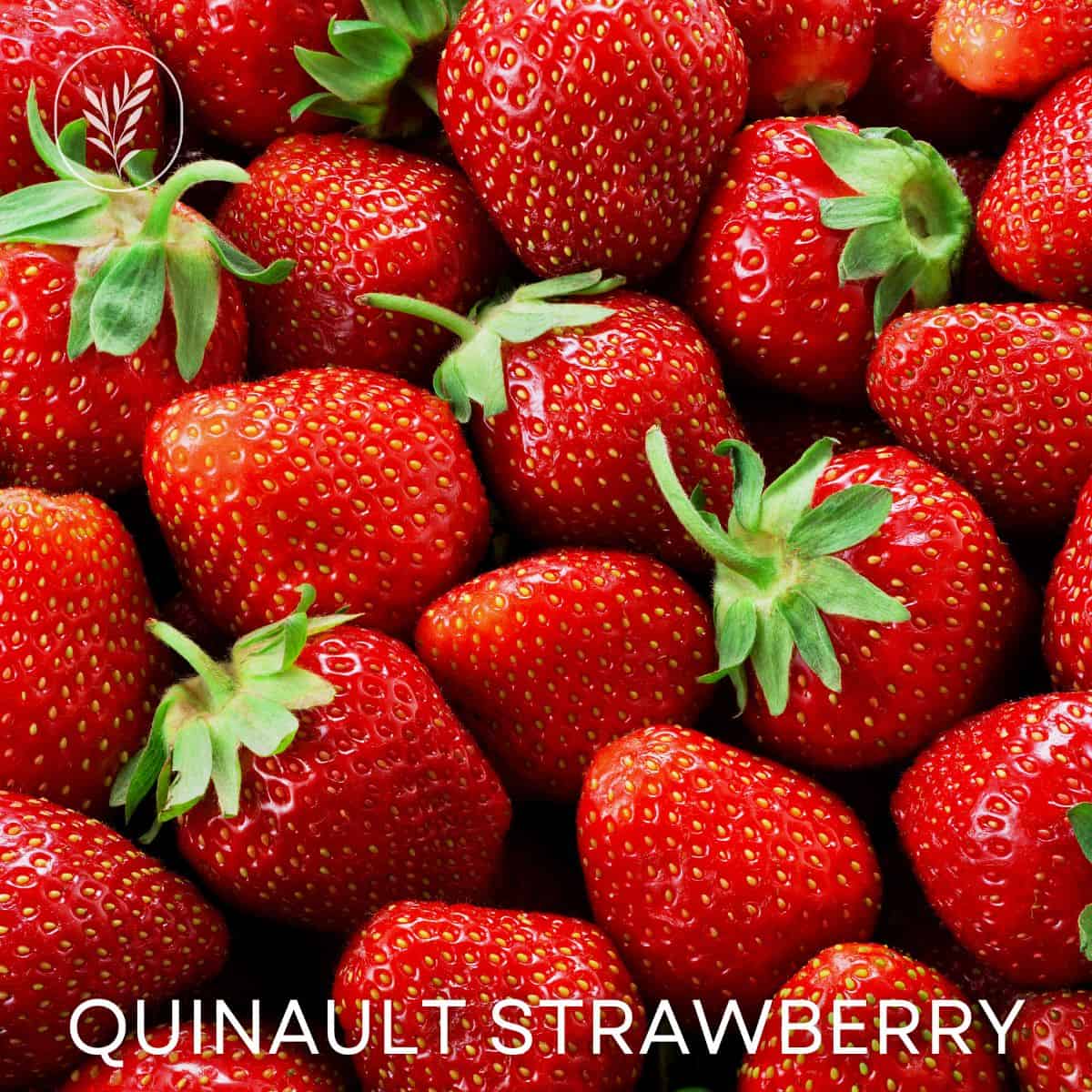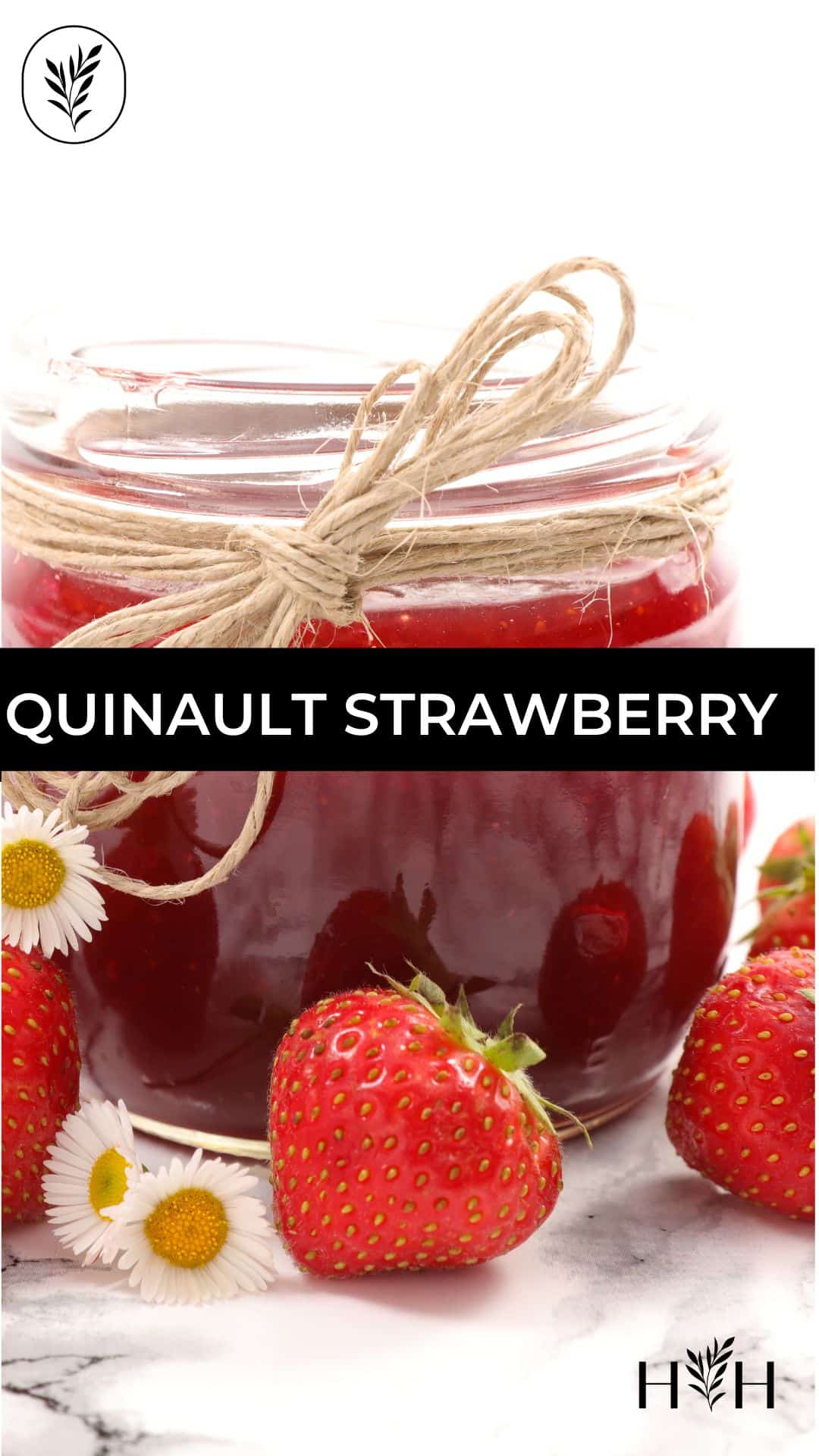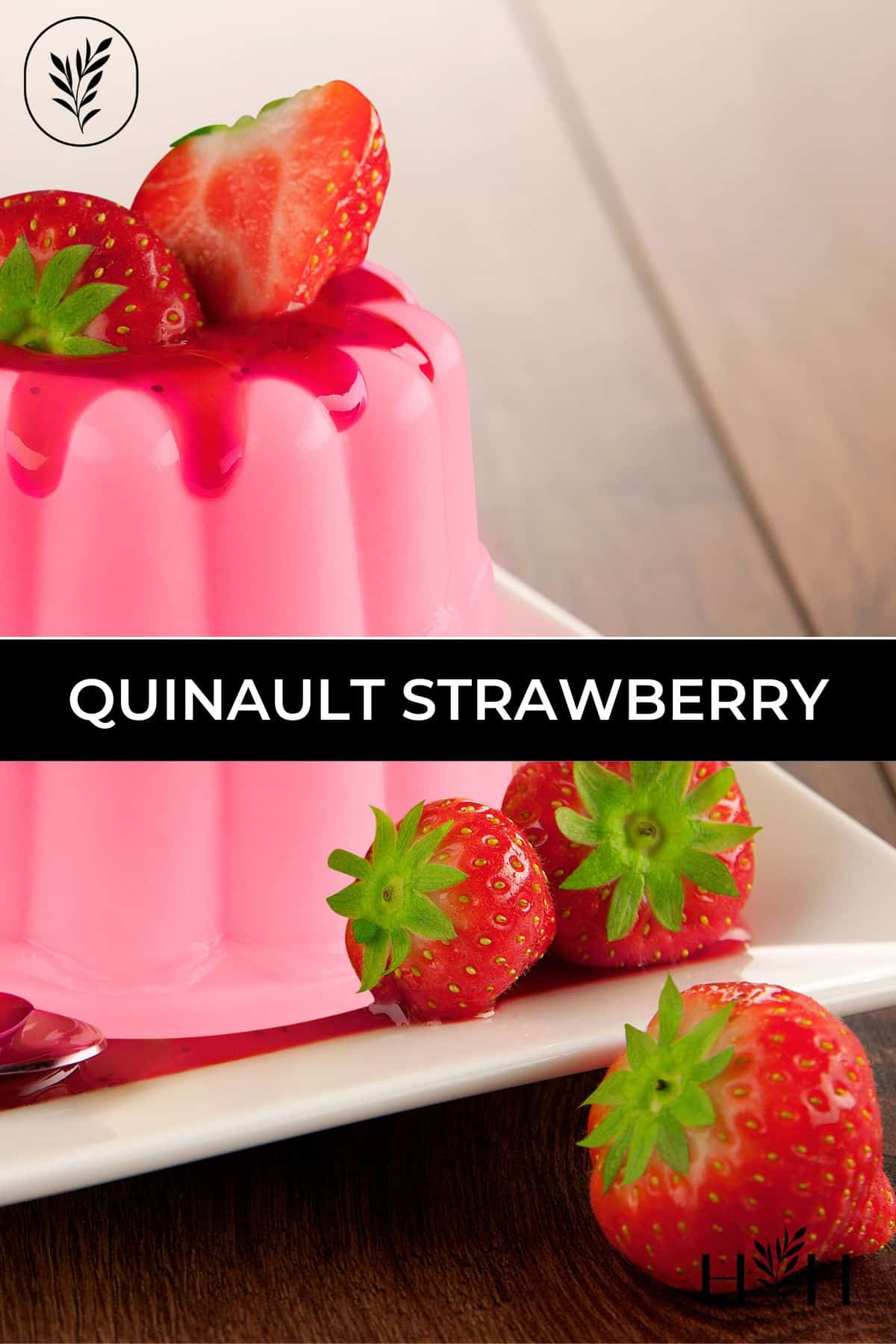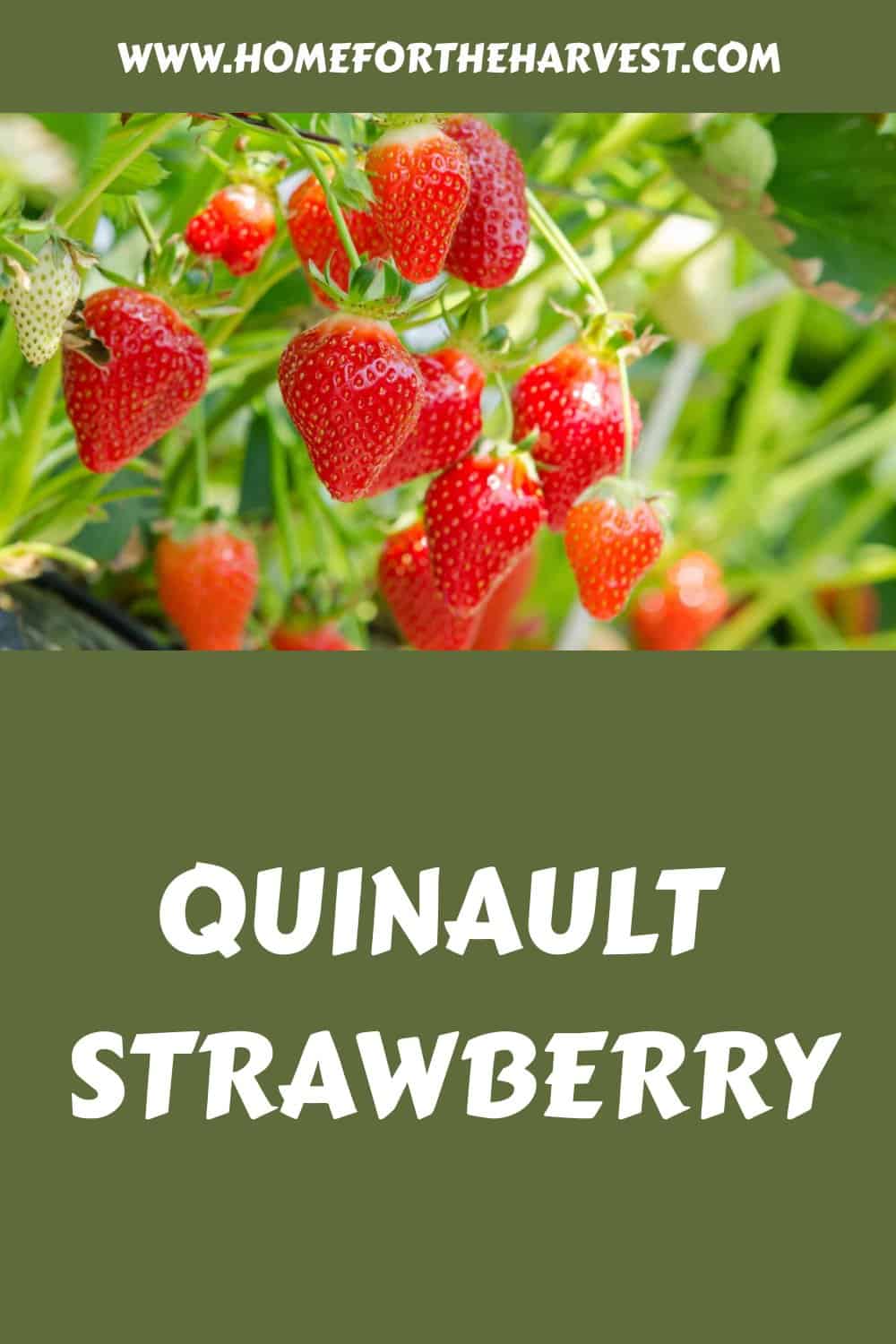Strawberries seem to be the ultimate summertime treat, especially when they’re big, red, and ripe. There are actually quite a few different varieties of strawberries – and the Quinault Strawberry is one of the best!
The Quinault Strawberry is an everbearing garden strawberry cultivar known for its impressive production of many large, sweet strawberries. Ripe berries can be harvested from late spring to mid-autumn, with main crops in late June and late August. Bred at Washington State University, Quinault Strawberry plants are particularly cold-hardy and can be grown in climates down to Zone 3a. These disease-resistant plants grow to about 12″ tall and 24″ wide, producing vigorous runners. They need plenty of space, so plant them far apart! Quinault Strawberry plants are self-pollinating.
If you’re looking to get as many strawberries as you can from your next berry harvest, Quinault strawberries are a good way to go. Before you plant your strawberries, you should be familiar with the care this type of strawberry plant requires.
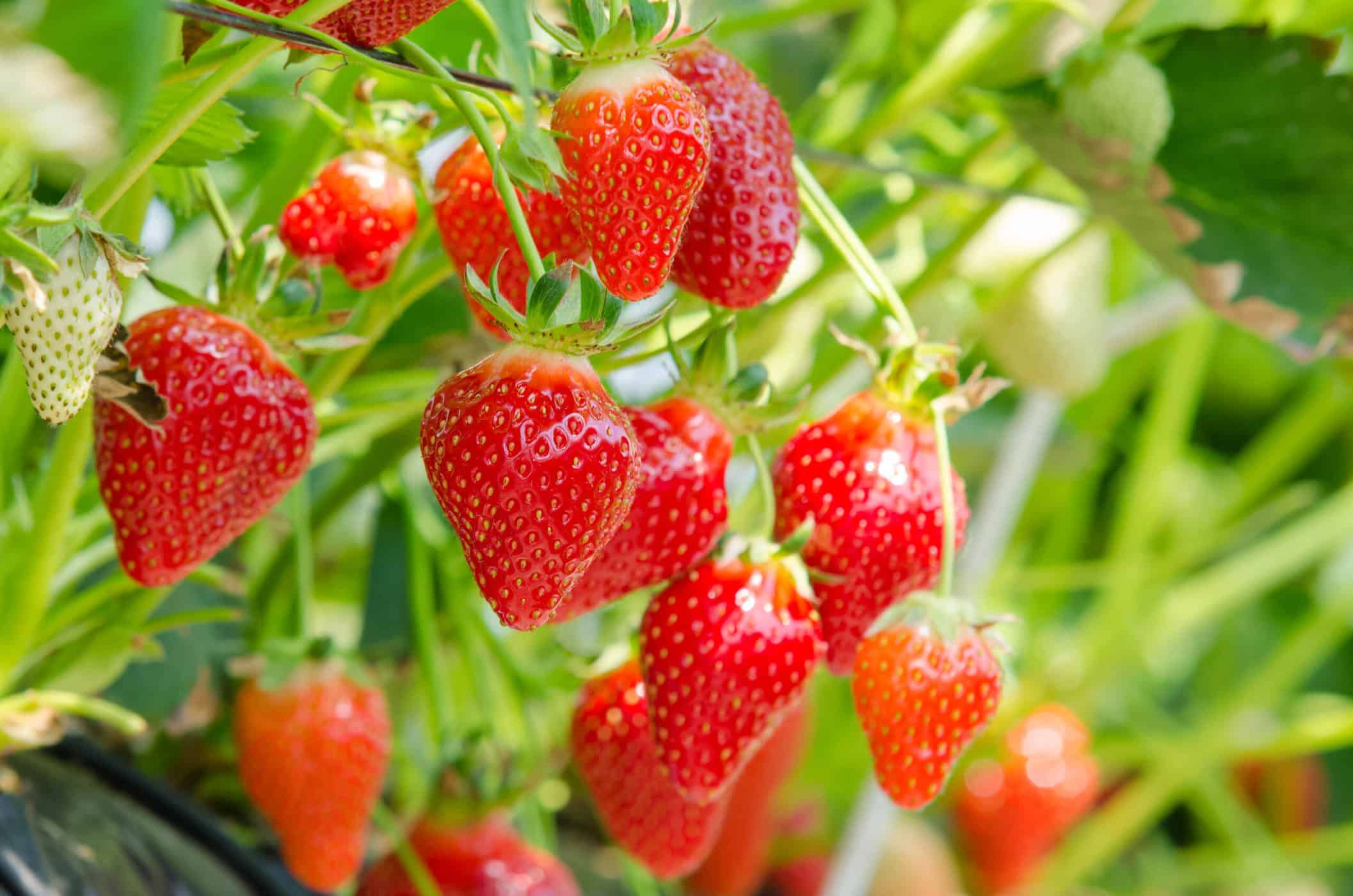
Quinault strawberry: The basics
The Quinault strawberry plant is a favorite among gardeners due to the easy-care plants and the large volume of delicious berries they produce. This particular variety of strawberry plants will produce an abundant amount of fruit from early spring to mid-fall, with the main crop tending to occur in June and in August. The Quinault strawberry plant really is one of the best when it comes to producing a large number of strawberries. You can find them as a plant at your local nursery or as a bare root.
This variety is named for an area in Washington. It’s a newer variety that was bred by Washington State University. The Pacific Northwest is widely known for its berries and how well they grow in that region.
These seeds are relatively easy to grow as long as you understand the basics of this particular variety. Quinault strawberries require full sun and they do well in growing zones 4-8. These zones are primarily in the Northern United States. They will also be perennial in these zones. A Quinault strawberry plant will grow about 18 to 24 inches wide and 8 to 10 inches tall. They are a relatively hardy plants and typically resist more diseases than other varieties of strawberry plants. They require rich soil, mulch and a lot of water to grow and thrive. While it is possible to grow strawberries indoor, picking a different variety will give you the best results. If you decide to grow them indoors anyway, try one of these beautiful planters or pots to add some decor to your home.
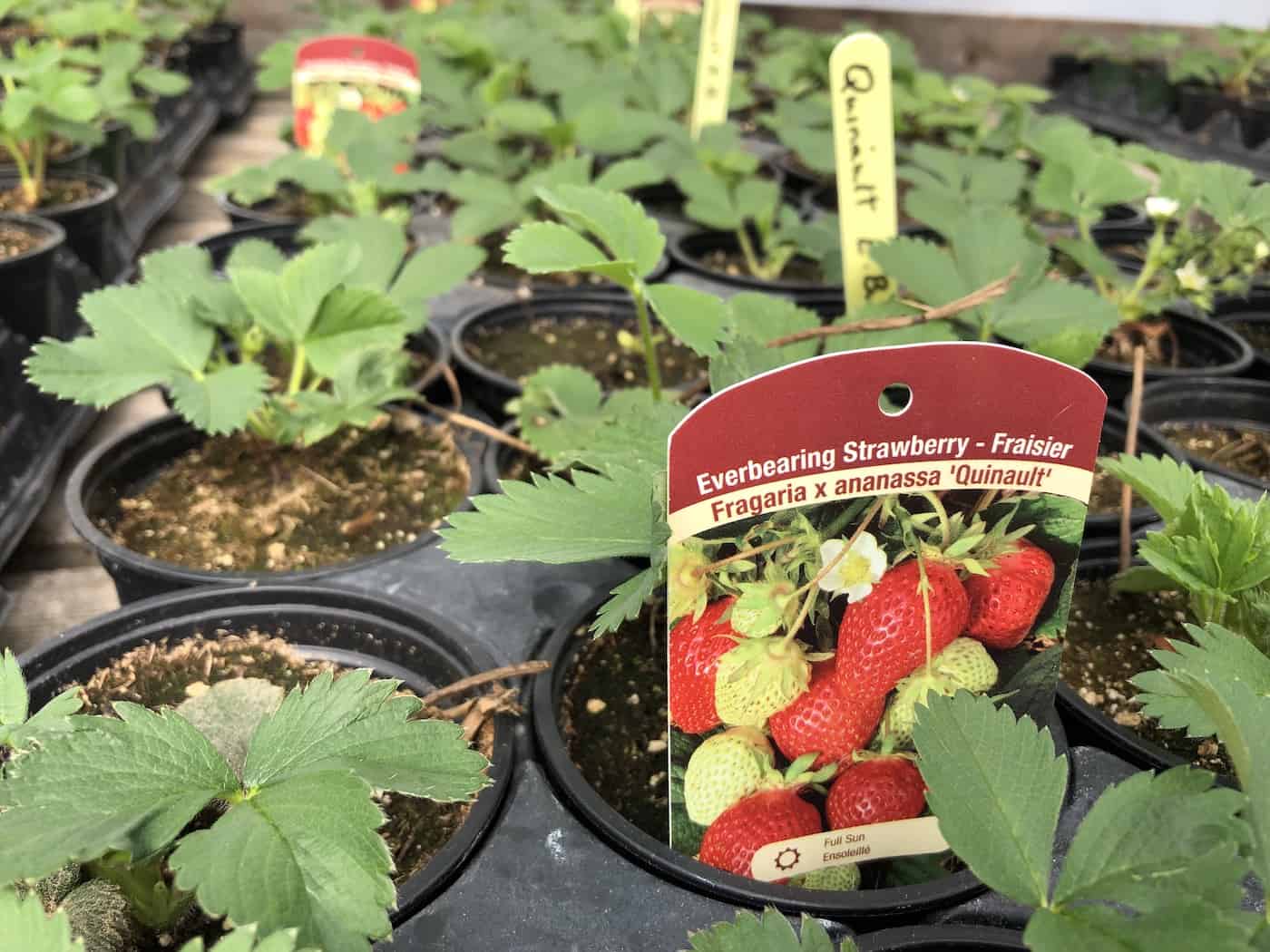
What do Quinault strawberries taste like?
Quinault Strawberries are large, soft, and sweet. They are ideal for cooking or eating fresh, and often featured on best tasting strawberry lists. They can be used in jams, preserves, tarts, pies, and whatever else you’d like to use strawberries for. The Quinault variety’s high yield makes it an ideal strawberry plant for those who want to store and preserve a large number of sweet berries.
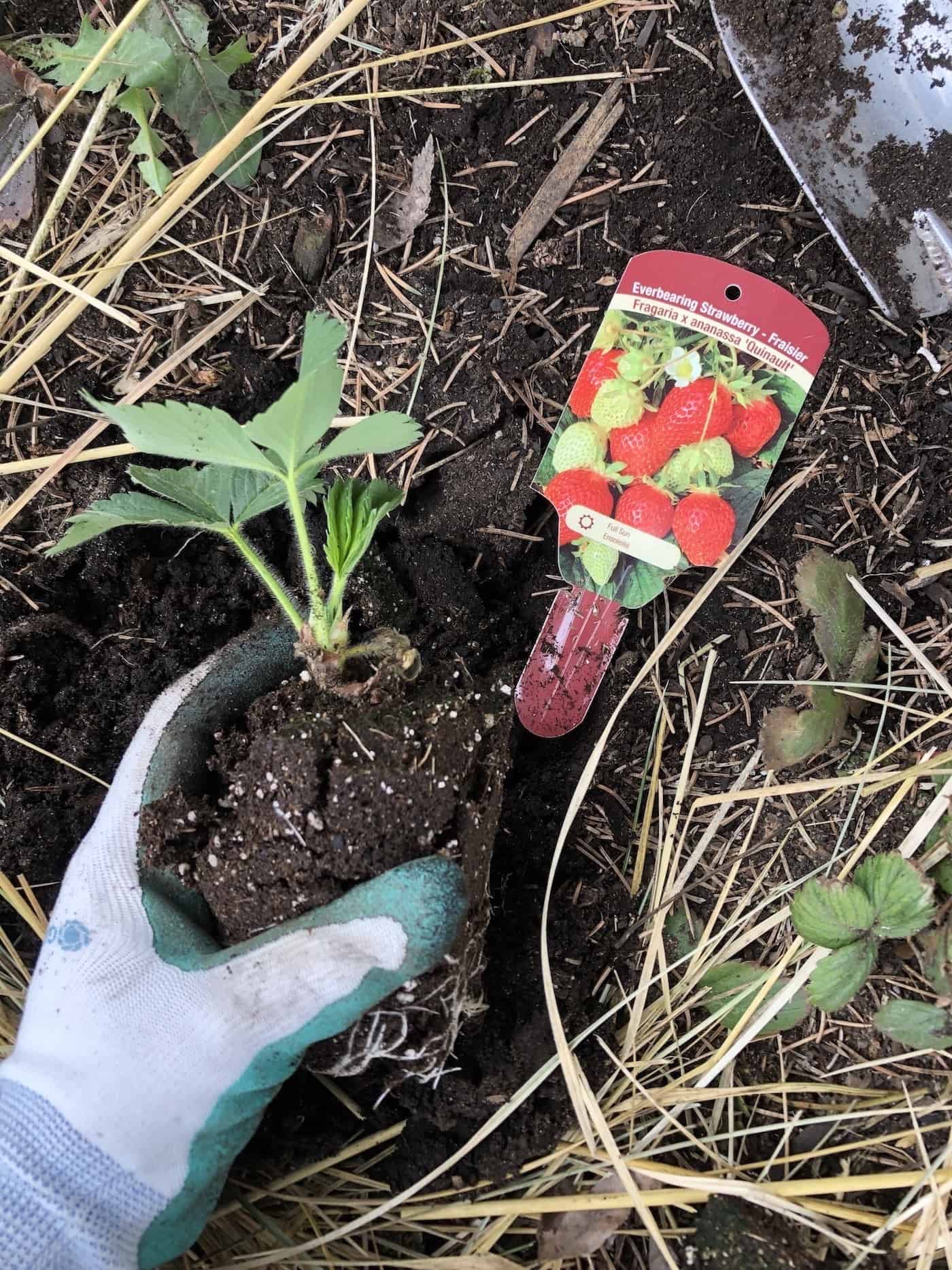
How do you grow Quinault strawberries?
Planting, growing, and caring for Quinault strawberry plants is not very different from the way you would take care of any other type of strawberry plant. Choose soil that drains well to plant your strawberries in. Plant your strawberries in an area where they have full access to sunlight.
Quinault strawberries require rich soil. If the soil is poor, you should enrich it with compost and other organic materials. This is because this type of strawberry plant tends to be hungry for nutrients.
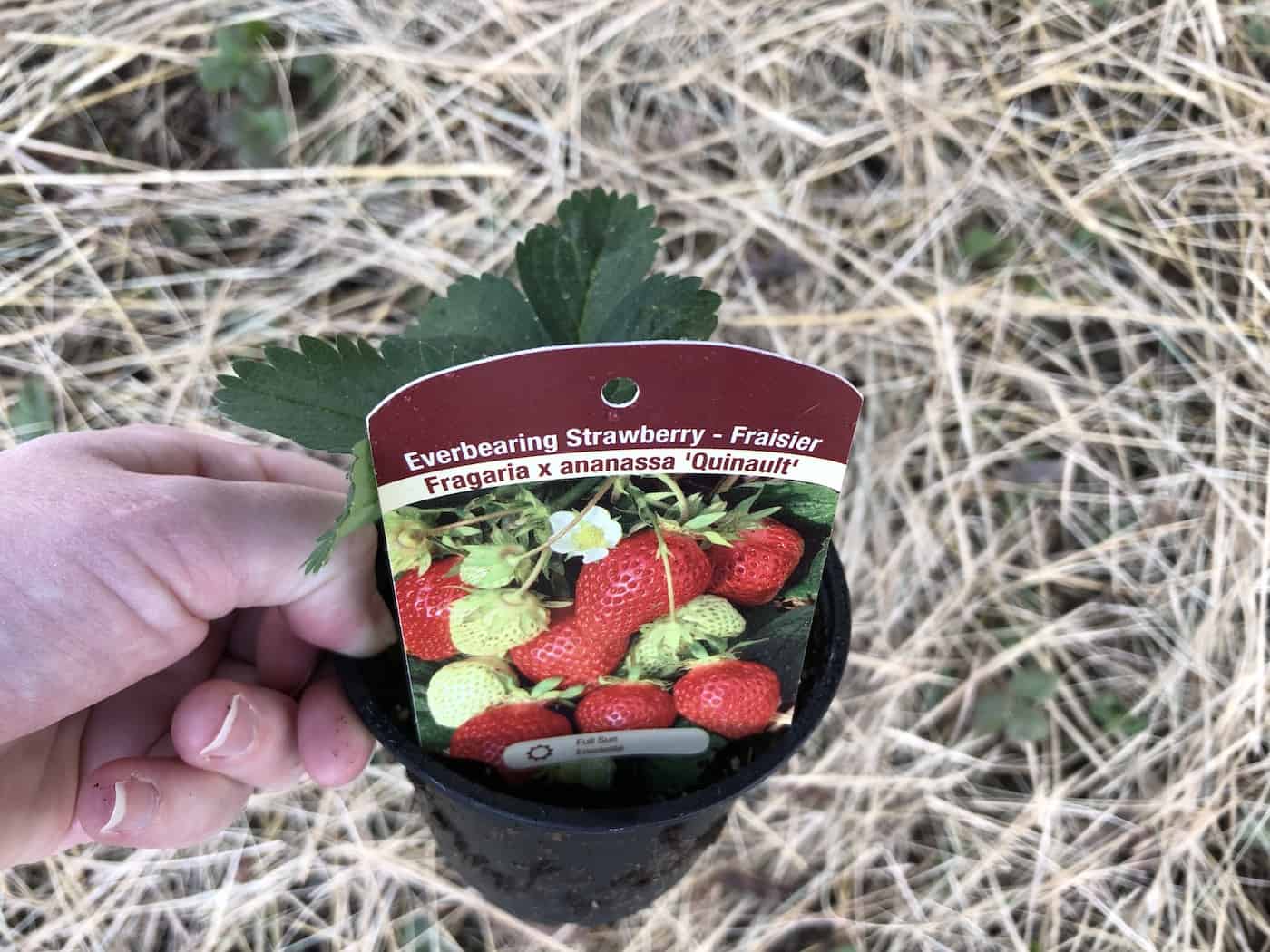
Planting Quinault strawberries
Transplant a Quinault strawberry plant in the ground as early as you can in the spring. This is to give your plant the best possible chance of having two good, full harvests. When you plant them, you should avoid burying the crown of the plant because this can lead to rot.
Strawberries planted in colder zones and in climates with late frosts will often do better if planted in a slightly raised area. Cold air sinks to the low spots in a garden, and raising up the plants by about a foot or more can help minimize frost damage.
Throughout the growing season, keep the strawberry plants well-watered. The soil should not be allowed to dry out too much. This is because water is what helps to make the strawberries large, plump, and tasty. If you want to maximize the amount of growth and berries you get, you should remove flowers and runners throughout the first month of the growing season. In the first year, you should be focused on growth and allowing the plant to spread. In the second year, the buds should be allowed to stay so that fruit can be produced.
Read more about how to grow strawberries.
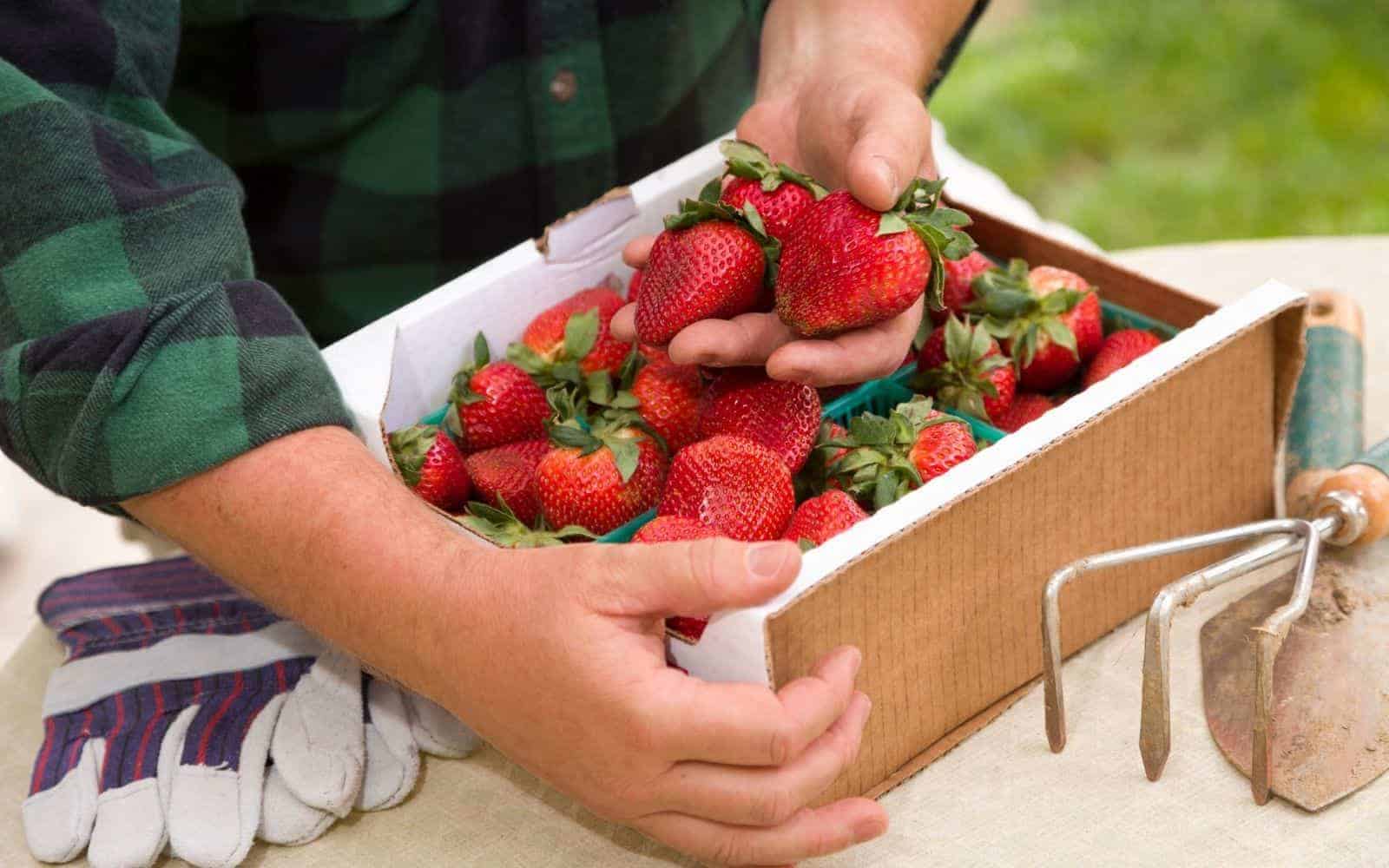
When do Quinault strawberries ripen?
Quinault Strawberries are ever-bearing, meaning they have two main crops each year (with some intermittent production throughout the summer). The first (larger) crop occurs in late June or early July when flowers that grew inside the crown during the previous autumn have a chance to emerge and blossom. The smaller second crop ripens in late August to early September, when flowers that formed in spring have a chance to fruit.
You can tell a strawberry is fully ripe when the entire fruit has turned red and there are no longer white spots on the fruit. It should typically be a deep red color, not pink.
Strawberries should be allowed to remain on the plant as long as possible or until they become fully ripened. This is because once they are picked off of the plant, they will not continue to ripen.
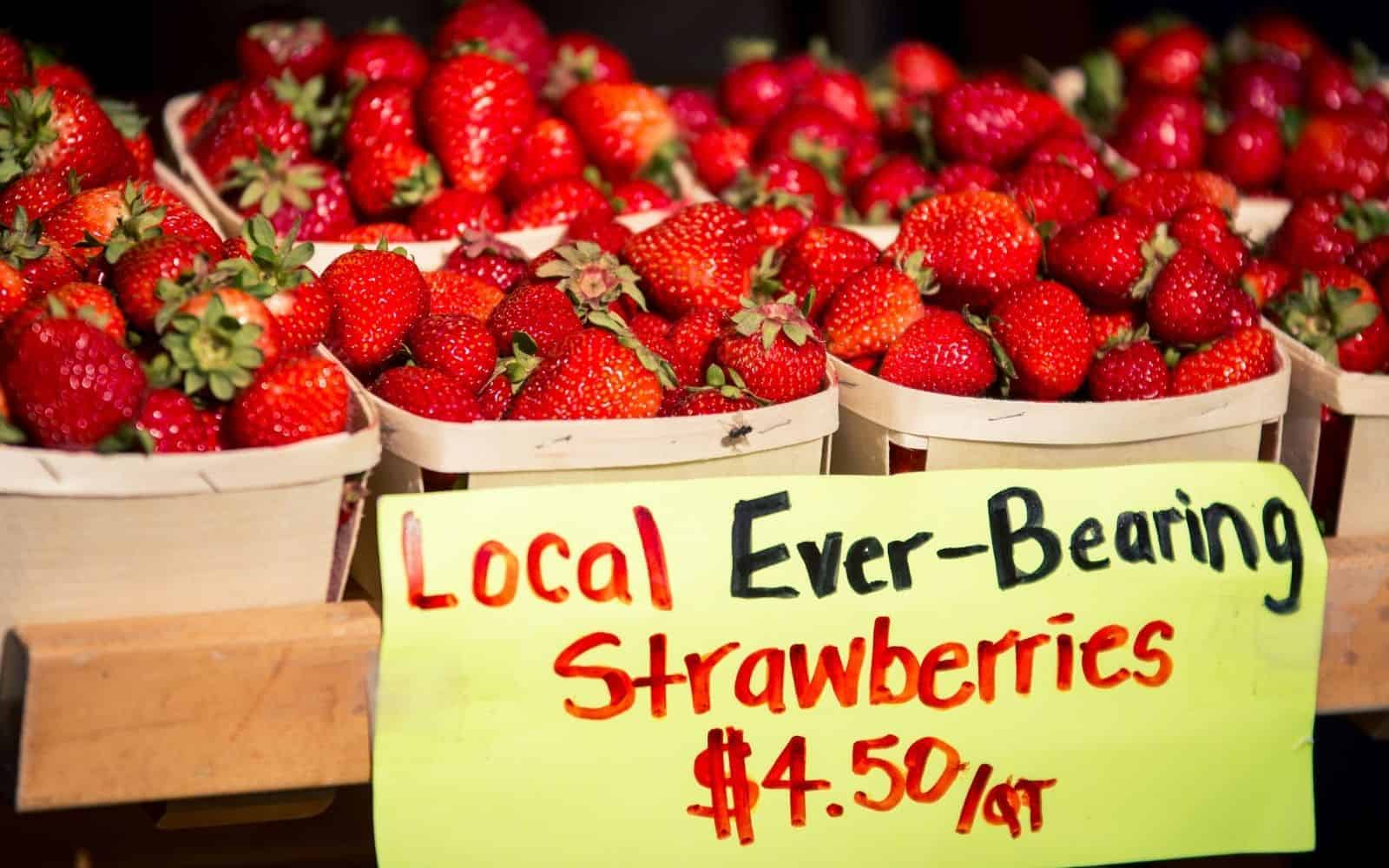
Tips for harvesting Quinault strawberries
When you’re growing Quinault strawberries, you should be ready to eat or preserve a lot of strawberries! These are particularly productive plants that tend to yield dozens of strawberries each.
Pick the ripe strawberries in the morning while they are still cool. Make sure to pick berries that are fully formed and colored. You should only choose strawberries that are fully ripe because they do not get any riper once they’ve been picked off the plant.
When you harvest the fruit, carefully pull the strawberries from the plants. Use pruners or garden scissors to snip the berries off with the stems attached so you don’t damage the berry too much. The stem should be about half an inch long on each berry.
Similar varieties of strawberry
Here are some strawberry varieties that are similar to Quinault Strawberries, in that they are either everbearing or cold-hardy varieties:
- Ozark Beauty Strawberry (everbearing)
- Fort Laramie Strawberry (everbearing)
- Ogallala Strawberry (everbearing)
- Honeoye Strawberry (cold-hardy)
- Kent Strawberry (cold-hardy)


